Get Connected anytime and anywhere Power Solution Provider *KIRAN ELECTRONICS*
About Kiran Electronics
Kiran Electro Systems, a growing up network solution provider was established in 2002. Since then there has been an enormous increase in the number of institutions to take up our company for their network establishments.The quality we provide and the dedication we show until completion of the task has taken us to this level of growth in the competitive world. READ MORE
PRODUCTS
Networking products
We have established an excellent relationship with our vendors to procure and deploy the required equipments and software, eliminating procurement hassles and enhancing our turnaround time every time you engage us.
Security Products
Cisco is a leading provider of networking equipment and allied services. Headquartered in various countries and selling networking and related products pertinent to the information and communications technology industry. Cisco’s products (switches, routers, and firewalls) cater to the information and communications infrastructure needs of corporations, public institutions, telecommunications companies, and businesses of all sizes.
Wireless Products
Kiran Electro Systems provides highly secure and reliable wireless networking solutions for all business and home computing needs. Our solutions enable a variety of industry-standard wireless technologies to be integrated into your existing network. We ensure a high degree of mobility and network access by designing and implementing trouble-free Wireless LANs (WLANs). When recommending a customized wireless solution to our customers, we evaluate the customer’s technical, business, and security requirements.
Available Panels
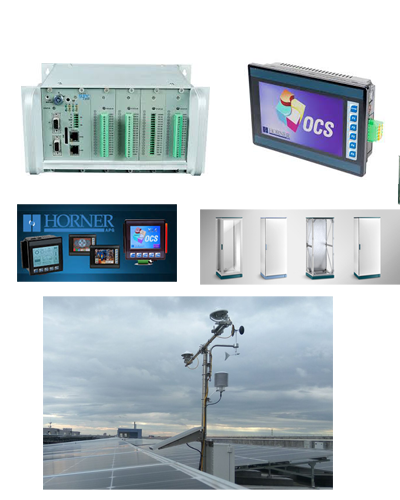
Panel Details
WMS(Weather monitoring system)
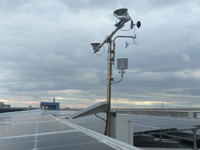
It provides users to have real-time access of weather data from different locations in areas covered by mobile network. Weather information like temperature, humidity, wind speed and direction, rain fall, UV index and solar radiation is gathered simultaneously from Nvis Weather monitoring system.
Rtu Pannels

An RTU also collects information from the master device and implements processes that are directed by the master. RTUs are equipped with input channels for sensing or metering, output channels for control, indication or alarms and a communications port.
PLC

A programmable logic controller, PLC, or programmable controller is a digital computer used for automation of typically industrial electromechanical processes, such as control of machinery on factory assembly lines, amusement rides, or light fixtures. PLCs are used in many machines, in many industries.
PLC 1
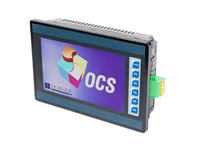
PLCs are designed for multiple arrangements of digital and analog inputs and outputs, extended temperature ranges, immunity to electrical noise, and resistance to vibration and impact. Programs to control machine operation are typically stored in battery-backed-up or non-volatile memory
RTU KALKI
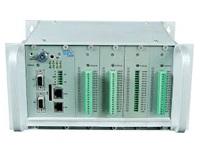
A remote terminal unit (RTU) is a microprocessor-controlled electronic device that interfaces objects in the physical world to a distributed control system or SCADA (supervisory control and data acquisition) system by transmitting telemetry data to a master system, and by using messages from the master supervisory system to control connected objects.[1] Another term that may be used for RTU is remote telecontrol unit.
SOLAR USAGE IN HOME
1 KW, 2KW, supply was used in Solar for Residentail Purpose(HOME) Usage Weather Monitoring System(WMS)
Weather Monitoring System(WMS)

Weather information like temperature, humidity, wind speed and direction, rain fall, UV index and solar radiation is gathered simultaneously from Nvis Weather monitoring system. All the data can be centralized, organized and sent to the observatory through GPRS network. Nvis 6010 provides extensive compatibility of Sensors with built-in GPRS mobile network connectivity. Through cloud management software, the data from weather stations is displayed in the form of dashboard & charts. Since the data transmission is instantaneous, alert is triggered in cloud management software once abnormal weather data is received. The observatory can issue warning signal to the public immediately after poor weather condition is recognized
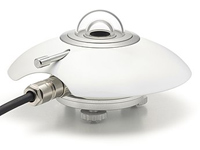
A thermopile pyranometer is a sensor based on thermopiles designed to measure the broadband of the solar radiation flux density from a 180° field of view angle. A thermopile pyranometer thus usually measures 300 to 2800 nm with a largely flat spectral sensitivity (see the Spectral Response graph) The first generation of thermopile pyranometers had the active part of the sensor equally divided in black and white sectors.
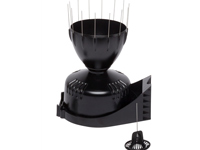
This rain collector can be used with Vantage Pro2™ weather stations, including Vantage Pro2, Vantage Pro2 Plus, and the Anemometer/Sensor Transmitter Kit. The following instructions assume the rain collector is being used with a Vantage Pro2 or Vantage Pro2 Plus Integrated Sensor Suite (ISS). Refer to the user manual that came with your station for more information.
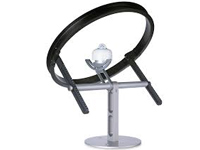
Most shadow rings are used with the pyranometer mounted horizontally. The incorporated tilt adjustment stage enables the diffuse irradiance to be measured in a tilted plane. The height of the ring is adjusted manually by adjusting the sliding bars to correct for the changing altitude of the sun.
Tabs
Solar Panel

Solar panel refers to a panel designed to absorb the sun's rays as a source of energy for generating electricity or heating. A PV module is a packaged, connected assembly of typically 6×10 solar cells. Solar PV panels constitute the solar array of a photovoltaic system that generates and supplies solar electricity in commercial and residential applications. Each module is rated by its DC output power under standard test conditions, and typically ranges from 100 to 320 watts. The efficiency of a module determines the area of a module given the same rated output – an 8% efficient 230 watt module will have twice the area of a 16% efficient 230 watt module.
Solar Inverters

A solar inverter, or PV inverter, or Solar converter, converts the variable direct current (DC) output of a photovoltaic (PV) solar panel into a utility frequency alternating current (AC) that can be fed into a commercial electrical grid or used by a local, off-grid electrical network. It is a critical BOS–component in a photovoltaic system, allowing the use of ordinary AC-powered equipment. Solar inverters have special functions adapted for use with photovoltaic arrays, including maximum power point tracking and anti-islanding protection.
Battery Inverters

Inverter, is an electronic device or circuitry that changes direct current (DC) to alternating current (AC).[1] The input voltage, output voltage and frequency, and overall power handling depend on the design of the specific device or circuitry. The inverter does not produce any power; the power is provided by the DC source. A power inverter can be entirely electronic or may be a combination of mechanical effects (such as a rotary apparatus) and electronic circuitry. Static inverters do not use moving parts in the conversion process.
Solar Power
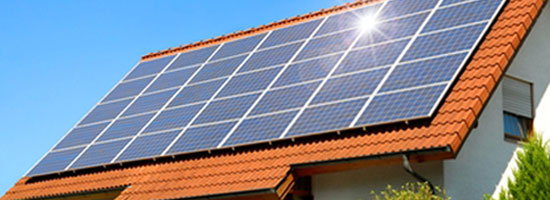
The solar home system market is a fast developing area of the energy access sector, and companies in this sector have pioneered some of most innovative financing mechanisms and distribution strategies. M-KOPA Solar in Kenya has partnered with Safaricom, the country’s largest mobile network provider; to launch mobile payment enabled pay-as-you-go solar service using technology from d.light design.
Pattern Languages
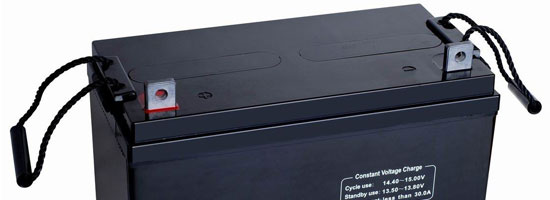
An electric battery is a device consisting of one or more electrochemical cells that convert stored chemical energy into electrical energy. Each cell contains a positive terminal, or cathode, and a negative terminal, or anode.The electrolyte is a chemical medium that allows the flow of electrical charge between the cathode and anode. When a device is connected to a battery—a light bulb or an electric circuit—chemical reactions occur on the electrodes that create a flow of electrical energy to the device.
Optic Fibre Network
Fibre Cable(Start to End Communication)
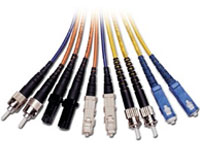
An optical fibre (or optical fibre) is a flexible, transparent fibre made by drawing glass (silica) or plastic to a diameter slightly thicker than that of a human hair. Optical fibres are used most often as a means to transmit light between the two ends of the fibre and find wide usage in fibre-optic communications, where they permit transmission over longer distances and at higher bandwidths (data rates) than wire cables.
Power Management Solutions

Power system monitoring, control & associated communications for telecontrol, teleprotection, and associated telecommunications for electric power systems. Power System Monitoring and Control (PSMC) is becoming increasingly significant in the design, planning, and operation of modern electric power systems. In response to the existing challenge of integrating advanced metering, computation, communication, and control into appropriate levels of PSMC, we provide a comprehensive overview of the basic principles and key technologies for the monitoring, protection, and control of contemporary wide-area power systems.
Solar Power Systems
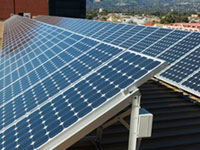
The solar energy potential in India is immense due to its convenient location near the Equator. India receives nearly 3000 hours of sunshine every year, which is equivalent to 5000 trillion kWh of energy. We provide Wholesale Solar stocks and complete solar electric systems. Components, such as inverters, charge controllers and batteries make up a solar-electric system. The components required are dependent on the system type designed.
SOLAR USAGE IN HOME
1 KW, 2KW, supply was used in Solar for Residentail Purpose(HOME) Usage
POWER COMMUNICATION
Weather Monitoring System
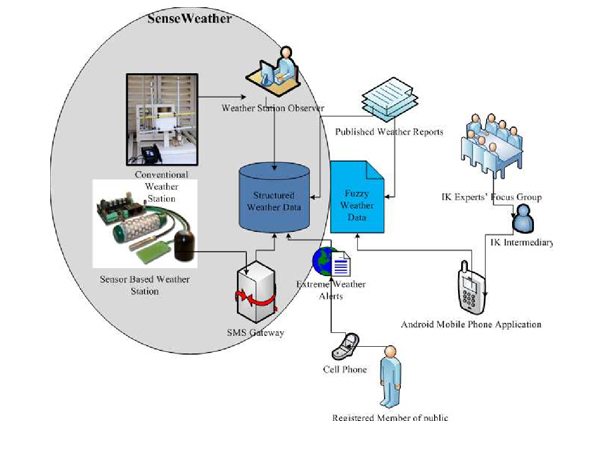
MOD BUS COMMUNICATION

IEC PROTOCOL CONVERTER

OPC SERVER

SERIAL COMMUNICATION 101
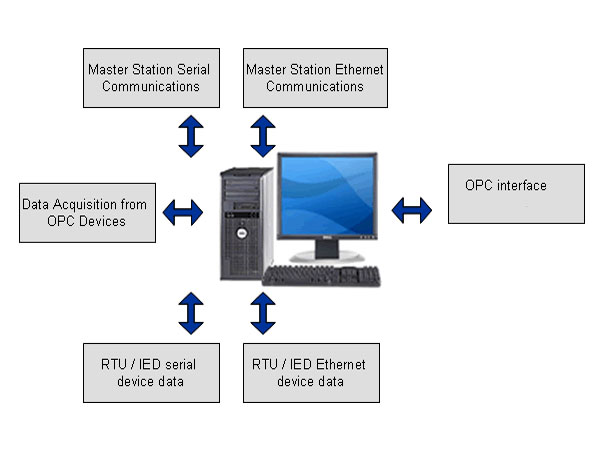
TCP IP 104
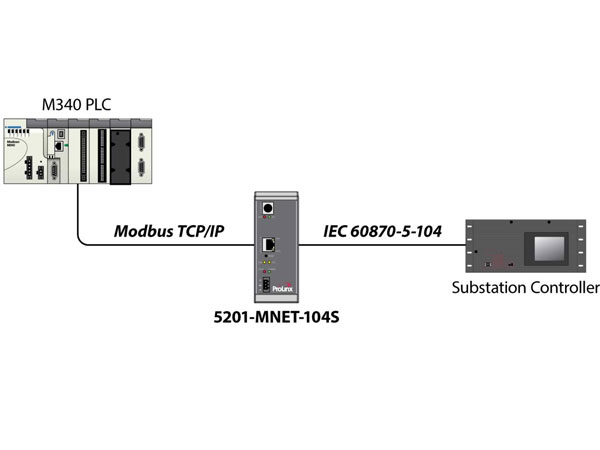
RJ 45 COMMUNICATION
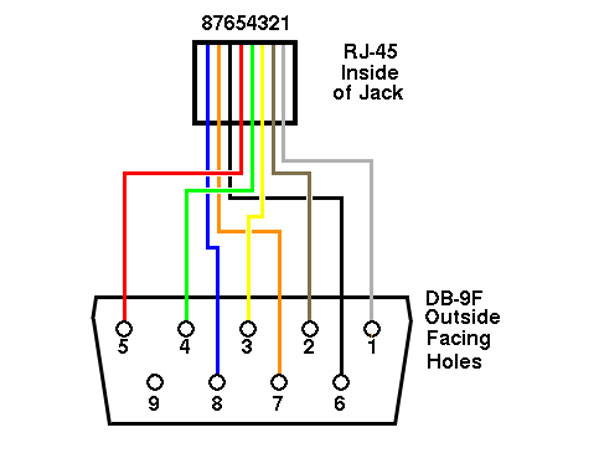





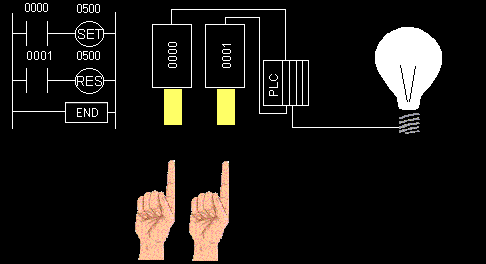
.gif)